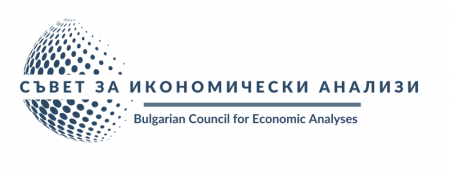Teodora Tsankova, Yoto V. Yotov, Bulgarian Council for Economic Analyses
The Bulgarian Council for Economic Analyses has published its fourth policy brief for the year. It examines whether and to what extent the choice of secondary education is influenced by changes in the local labor market caused by shifts in goods exports. The authors of the study are Teodora Tsankova and Yoto V. Yotov, who are both members of the BCEA.
Bulgaria’s trade openness has increased substantially after its accession to the European Union. At the same time, employers in sectors involved in the exports of goods, such as those in manufacturing, have raised concerns about the lack of adequately educated workforce that their firms face. Most workers in such industries have secondary education as their highest degree attained and the share of vocationally trained in overall employment is substantially higher than the national average. Therefore, well-designed changes in the way secondary education is organized could have a strong positive impact on these employers.
Secondary school enrollment has declined in the last two decades. While the number of students enrolled in vocational training has seen a recent increase, there are marked differences across fields of study. Fields that can be linked to exporting industries, such as those in production and processing as well as technology, have experienced a significant decrease in student numbers since the beginning of the 21st century. A natural question to ask is whether these changes have made secondary school enrollment more in line with the needs of Bulgarian employers.
The goal of this analysis is to investigate whether secondary school enrollment is responsive to changes in local labor market conditions due to variations in exporting activity. We are particularly interested in whether such changes affect track choice (general versus vocational schooling) and field of study choice within vocational training. To that end, we create two measures of exports exposure that are at the districts and district-field level, respectively.
While we conjecture that better local labor market opportunities due to rising exports make vocational training more attractive, we find no evidence that track choice is affected by such changes. A possible explanation of this result is that the educational market is segmented. Therefore, significant changes in the way vocational programs are structured and perceived by the society are likely needed to incentivize students to choose them over general education programs.
In contrast to track choice, in our analysis we find that vocational training enrollment by field of study responds to changes in local exporting activity. Thus, an increase in exports from industries linked to a specific field of study lead to an increase in its enrollment. This makes education more in line with the needs of the local employers. The implication is that interventions aiming at attracting more students to certain fields of study within vocational training could be highly effective.
